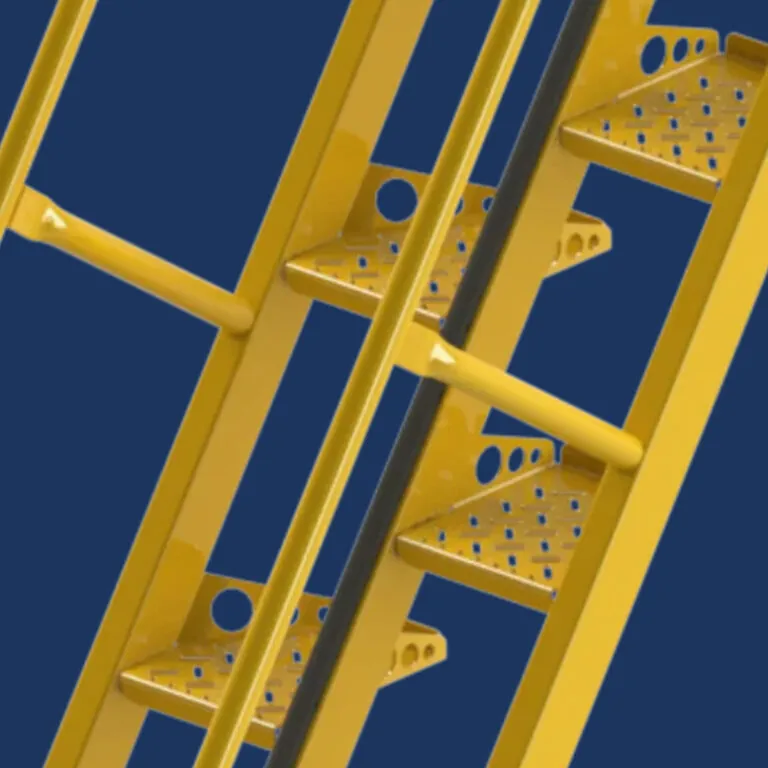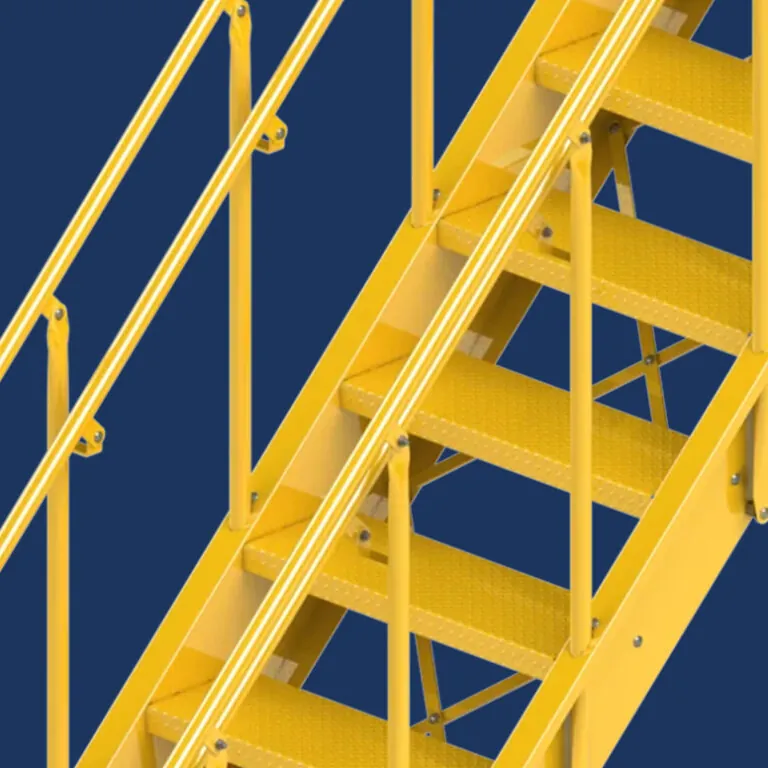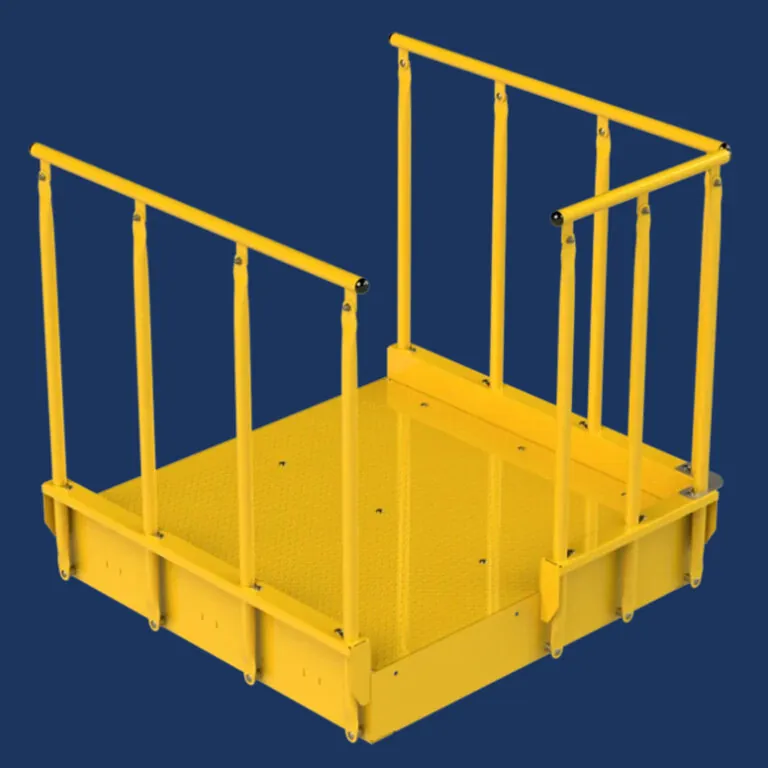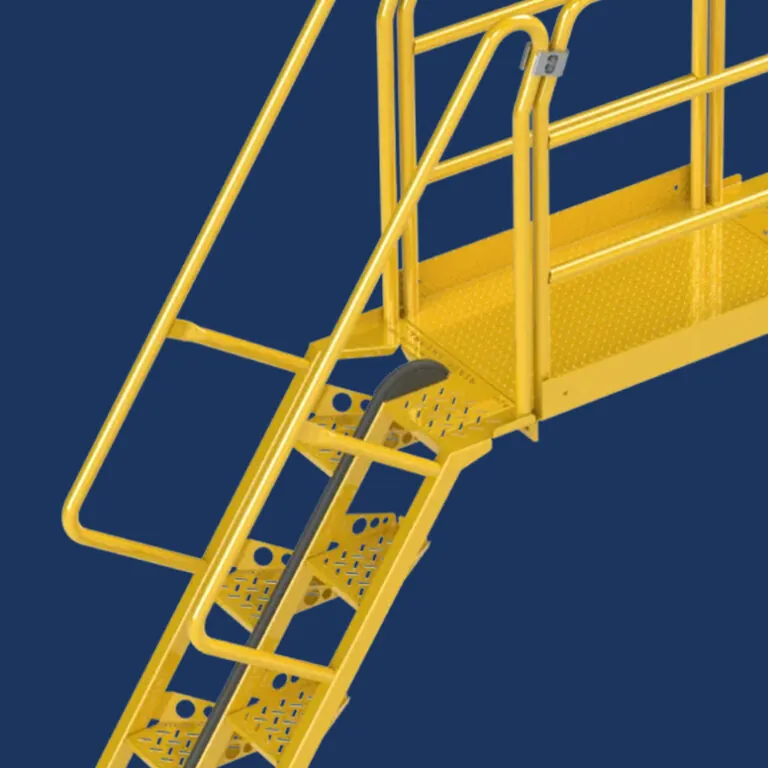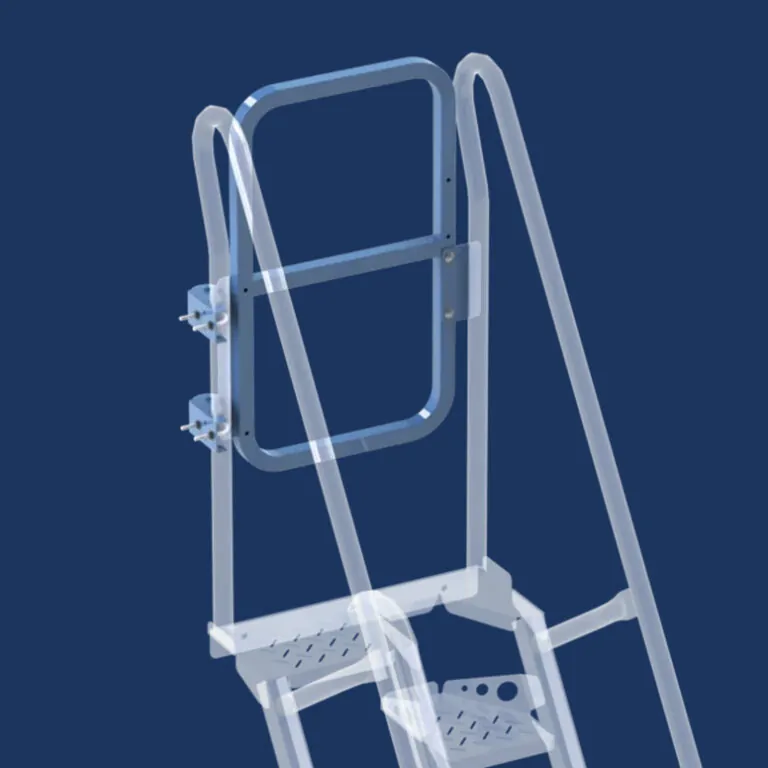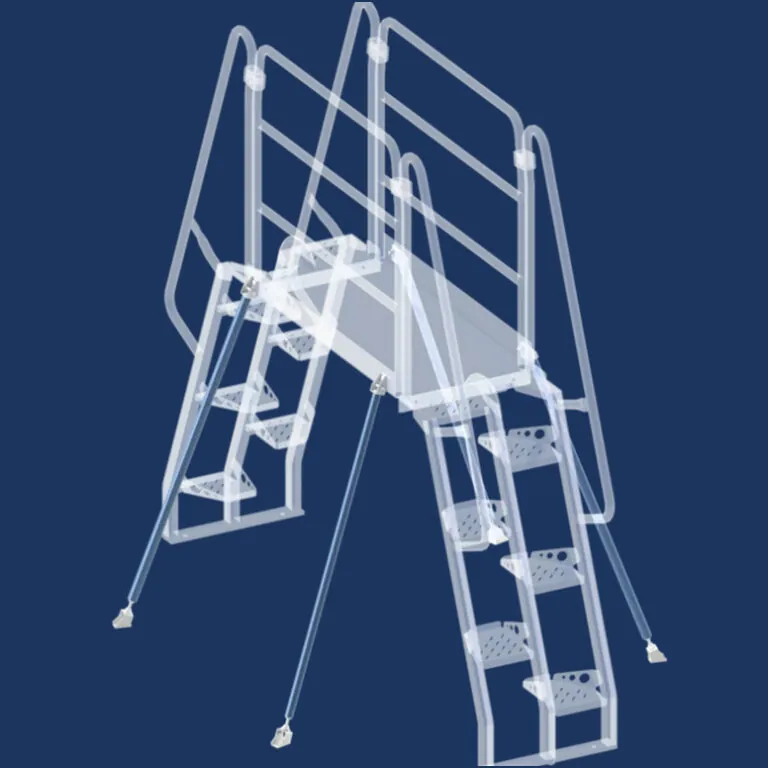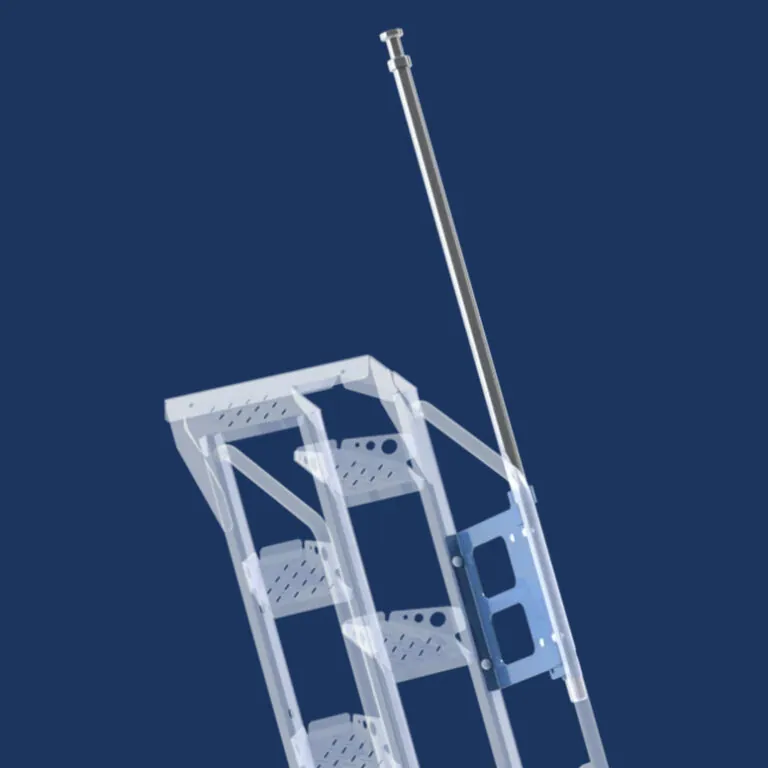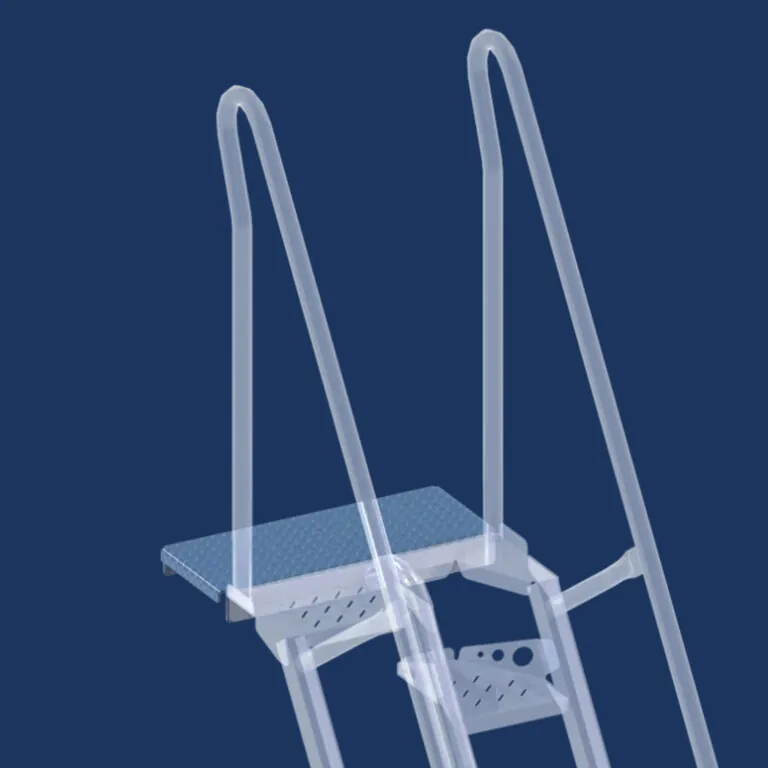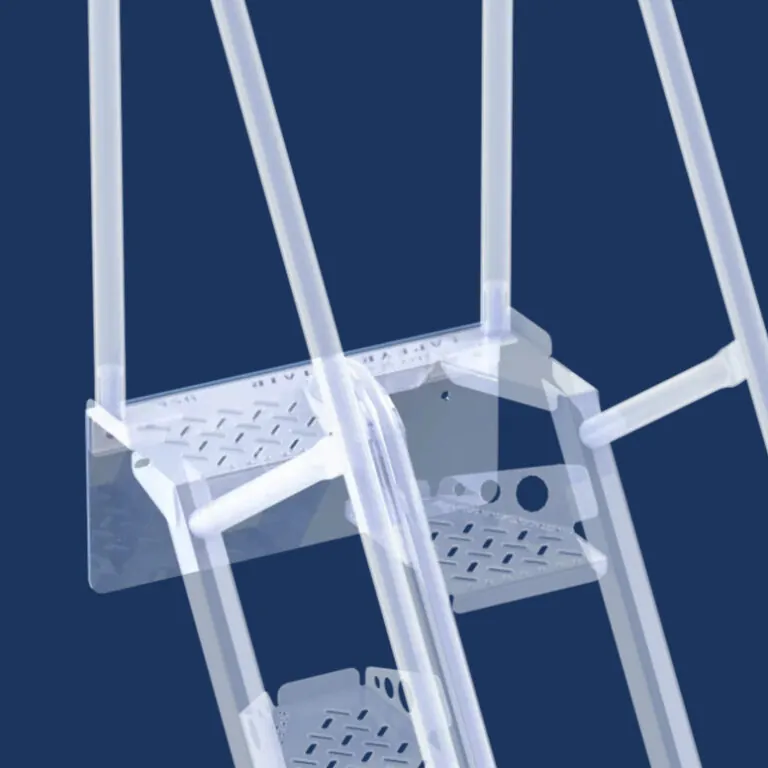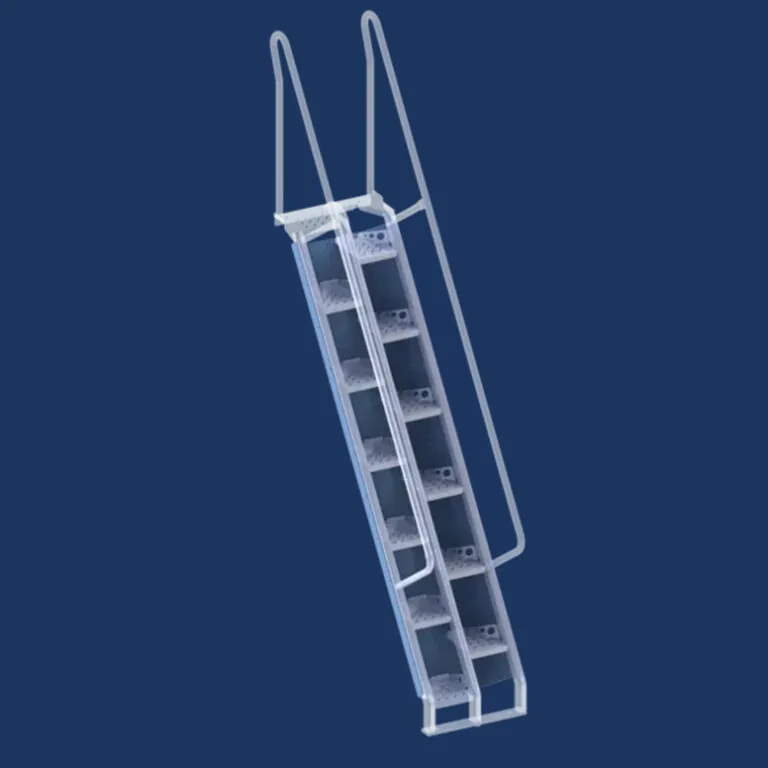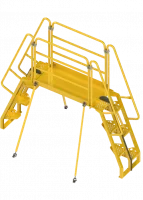OSHA, IBC Code Compliance For Our Stairs
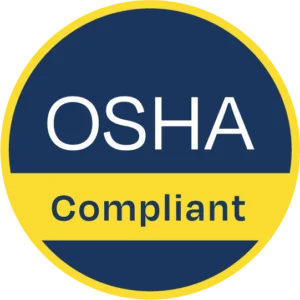 | 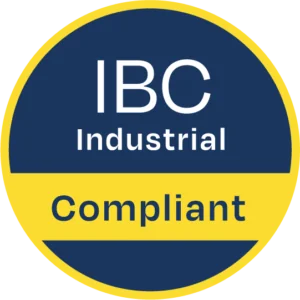 | 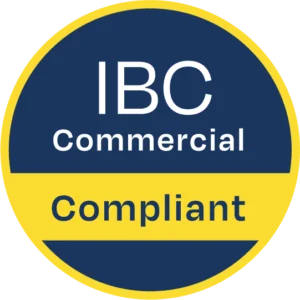 | 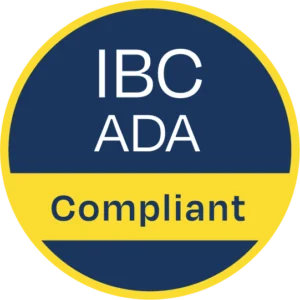 | 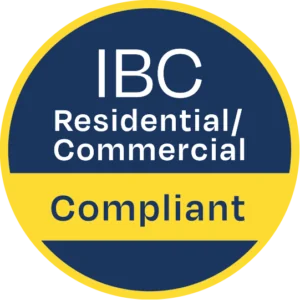 |
||
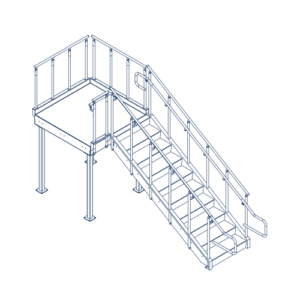 | Industrial Stairs | |||||
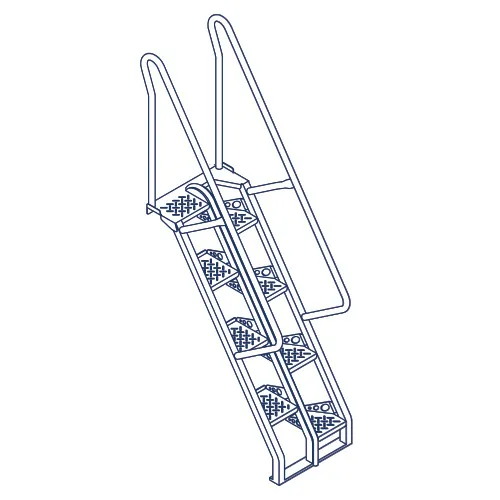 | Alternating Tread Stairs | |||||
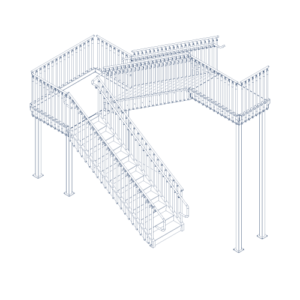 | Commercial Egress Stairs | |||||
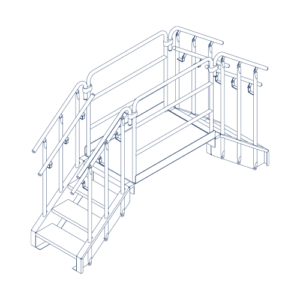 | Industrial Crossover Stairs | |||||
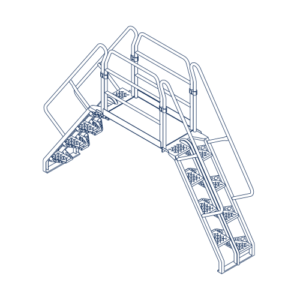 | Alternating Tread Crossover Strais | |||||
 | Loading Dock Stairs | |||||
OSHA-Compliant stairs versus IBC-compliant stairs
OSHA (Occupational Safety and Health Administration) is part of the United States Department of Labor. OSHA sets and enforces standards related to working conditions. Its priority is to reduce the number of safety and health hazards at places of employment. OSHA-compliant, industrial stairs are intended for workplace areas that are not publicly accessible.
IBC (International Building Code) is a model building code developed by the International Code Council (ICC.) IBC standards address safety and health concerns for public buildings. Its priority is to protect public health and safety. IBC-compliant stairs are intended for areas accessible to the general public and their design is based on building type and occupancy.
OSHA and the ICC rely on referenced standards published by other organizations to ensure their standards comply with well-researched, best practices. These include: ANSI (American National Standards Institute), NFPA (National Fire Protection Agency), ASCE (American Society of Civil Engineers), and AISC (American Institute of Steel Construction.)

OSHA-compliant stairs
OSHA requirements are federally regulated and apply to places of employment in the United States. Our OSHA-compliant industrial stairs are intended for use in facilities designated as employee workspaces such as factories and manufacturing facilities. OSHA stairs can be used on both the interior and exterior of these locations to access equipment, platforms, mezzanines, pits, or other floors.
The information we provide is based on the OSHA standards for General Industry. However, our industrial stairs also comply with the OSHA standards for Construction, Maritime, and Agriculture.


